Cyclamen coum
£6.45
Delicate pink flowers with upswept petals appear in winter or early spring above heart-shaped, silvery-green leaves. Perfect for naturalising around the base of deciduous trees and shrubs. Best in humus-rich, well-drained soil in partial shade. Height and Spread 0.1m. Flowers December to March. Hardy.
Description
Cyclamen coum is a charming and hardy perennial that blooms with delicate pink flowers featuring upswept petals. These flowers appear in winter or early spring, standing proudly above the heart-shaped, silvery-green leaves. Known for its beauty and resilience, Cyclamen coum is perfect for naturalising under deciduous trees and shrubs. Follow this comprehensive guide to ensure your Cyclamen coum thrives year after year.
PLANTING and AFTERCARE GUIDE
Best Planting Time
- Autumn: The best time to plant Cyclamen coum is in autumn. This allows the tubers to settle into the soil and begin rooting before the colder months set in. By planting in autumn, you’ll encourage healthy growth and vibrant blooms when spring arrives.
- Winter: You can also plant Cyclamen coum during the winter months, as long as the ground is not frozen. The cooler temperatures help the tubers establish strong roots before flowering begins in early spring.
Site Selection
- Sunlight: Cyclamen coum prefers partial shade. Choose a location where the plant will receive dappled sunlight, especially during the warmer months. This helps protect the delicate flowers from the harsh midday sun while allowing the plant to thrive.
- Soil: Well-drained, humus-rich soil is essential for Cyclamen coum. The plant does not tolerate waterlogged soil, so ensure good drainage to prevent root rot. Add organic matter like compost to enrich the soil and improve drainage.
- Sheltered Position: Cyclamen coum benefits from being planted in a sheltered spot, especially when young, to protect the foliage and flowers from harsh winds and frost.
Planting Instructions
- Prepare the Soil: Dig a hole that is about 5 cm deep. Make sure the soil is well-drained, and mix in compost or well-rotted organic material to enhance fertility.
- Planting: Place the tubers of Cyclamen coum into the hole with the flat side facing down and the “top” or “eyes” slightly above the soil surface. Cover lightly with soil.
- Watering After Planting: Water gently after planting to settle the soil around the tubers. Avoid overwatering, as Cyclamen coum does not like to sit in wet conditions.
Watering Requirements
- Growing Season: During the growing season, ensure the soil around Cyclamen coum is kept moderately moist. Water when the top layer of soil feels dry, but avoid saturating the ground. The plant prefers moisture but does not tolerate waterlogged conditions.
- Dormant Period: Cyclamen coum goes dormant in late spring to early summer. During this time, water sparingly or not at all, as the plant will not need much moisture while it is resting.
Feeding
- Spring: Cyclamen coum benefits from a light application of a balanced, slow-release fertiliser in spring, just as new growth begins. This provides the nutrients needed to support healthy blooms and foliage.
- Autumn: A small amount of compost or organic mulch around the base can help enrich the soil and provide nutrients during the plant’s active growing season.
Pruning and Maintenance
- Deadheading: After the flowers have faded, you can remove the spent blooms to tidy up the plant. This encourages new growth and prevents the plant from wasting energy on seed production.
- Leaf Care: Cyclamen coum’s leaves will remain until late spring. If necessary, gently remove any damaged or dead leaves, but avoid disturbing the plant too much during its growing season.
Mulching
- Autumn: Apply a light mulch of organic material, such as leaf litter or bark chips, to retain moisture, suppress weeds, and protect the tubers from temperature extremes.
- Winter: A light mulch layer can also help to protect Cyclamen coum from frost, especially during particularly cold spells.
Pest and Disease Management
- Cyclamen coum is generally resistant to pests and diseases. However, it may occasionally suffer from fungal issues in poorly-drained soil. Ensure the plant is in a well-drained location to avoid these problems.
- Slugs and Snails: These pests may be attracted to the foliage and flowers. Use natural deterrents like slug pellets or copper tape to keep them at bay.
Final Tips
Cyclamen coum is a low-maintenance perennial that adds a touch of winter and early spring beauty to any garden. By planting it in a shaded, sheltered area with well-drained, humus-rich soil, you can enjoy its stunning pink blooms and attractive foliage for years to come.
Whether planted under trees, along woodland edges, or as part of a mixed border, Cyclamen coum will thrive with minimal care. With the right conditions and attention, this hardy little plant will become a charming and reliable feature of your garden.
Additional information
| Pot Size |
|---|



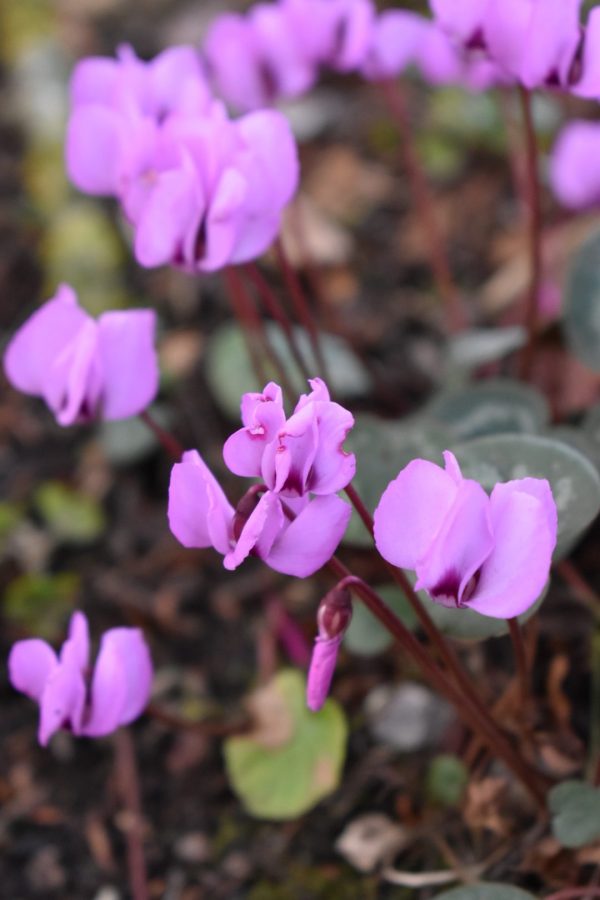
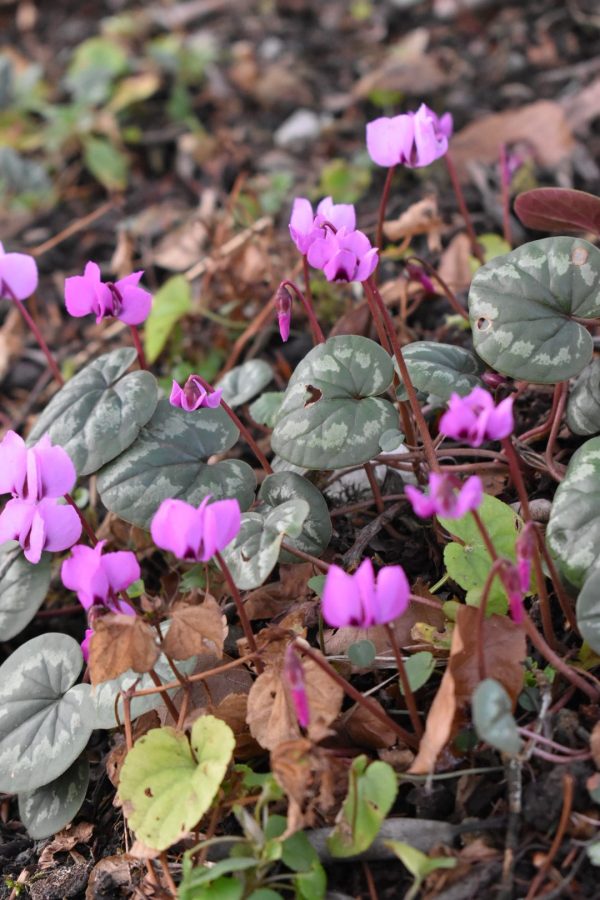
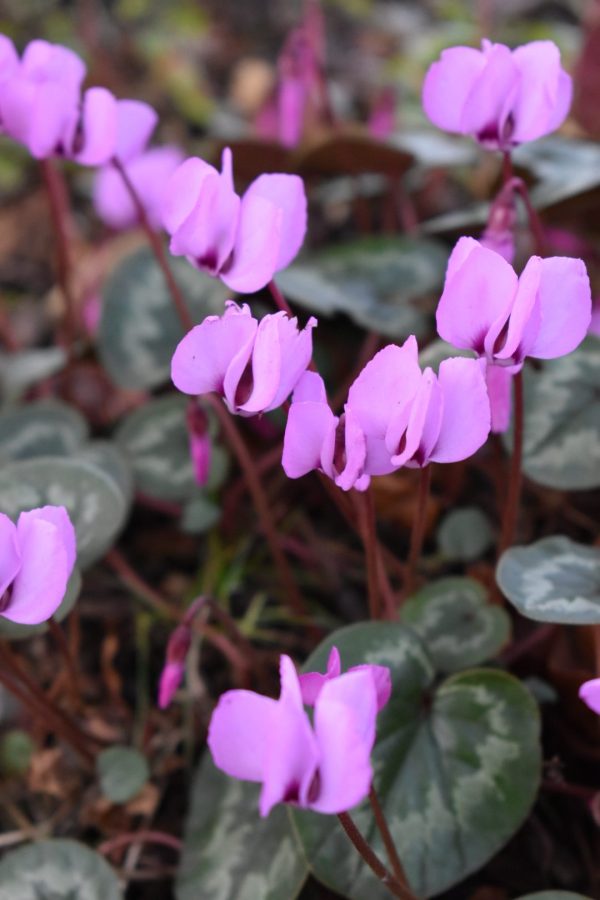
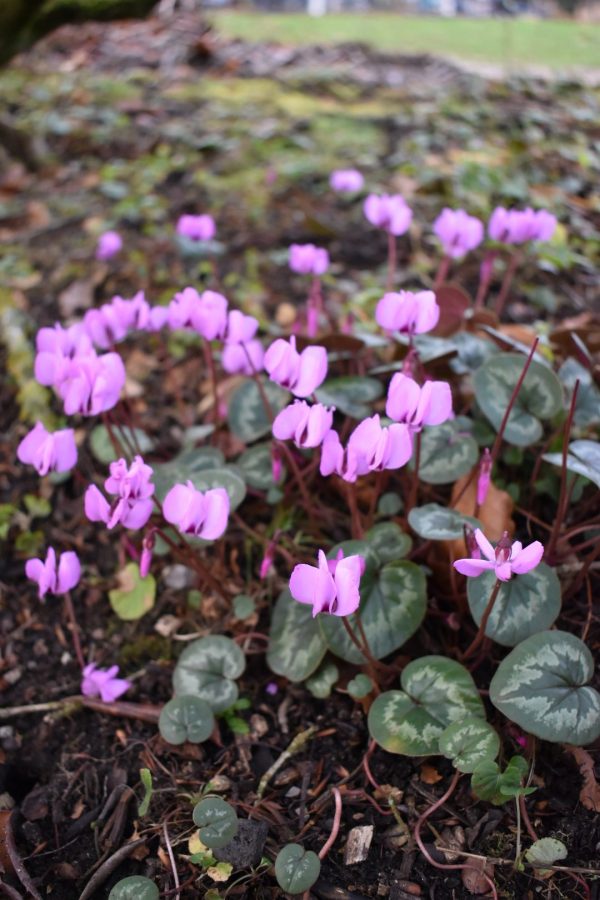
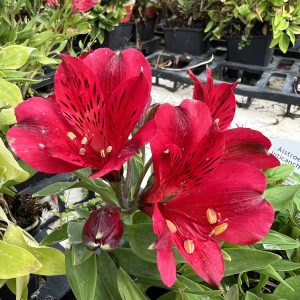
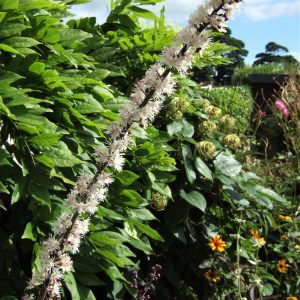

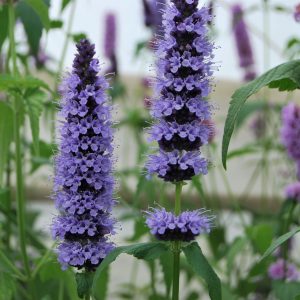
Reviews
There are no reviews yet.